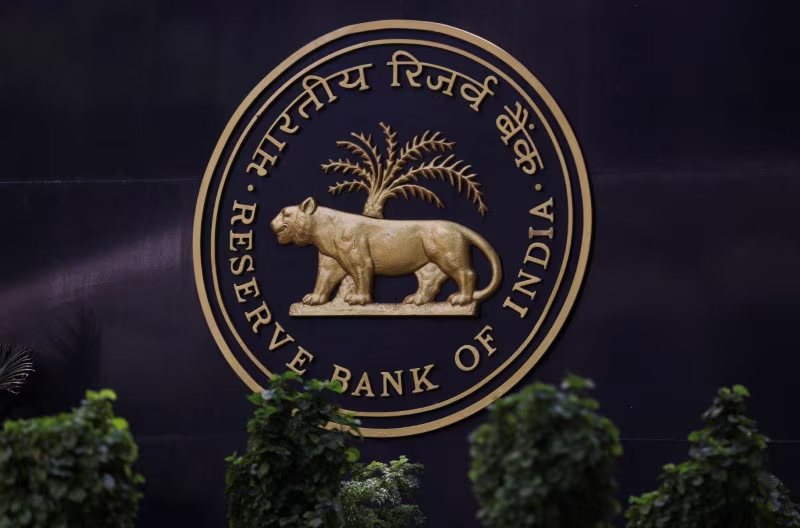The Reserve Bank of India (RBI) reduced its key repo rate on Friday (February 7) for the first time since May 2020, aiming to stimulate the sluggish economy. The move comes as India is projected to grow at its slowest pace in four years during the current fiscal year.
The Monetary Policy Committee (MPC), comprising three RBI members and three external experts, cut the repo rate by 25 basis points to 6.25%, as widely expected. This decision follows 11 consecutive policy meetings where rates remained unchanged. The reduction is expected to provide relief to homebuyers by lowering equated monthly installments (EMIs) on home loans, thereby improving home-buying sentiment.
Real Estate Experts Weigh In
Real estate leaders have welcomed the RBI’s decision, noting its potential to enhance affordability and drive housing demand. However, some caution that rising property prices and inflation could offset the benefits.
Boman Irani, President of CREDAI National, emphasized the supportive nature of the monetary policy:
“The RBI’s decision to reduce the repo rate by 25 basis points to 6.25% supplements recent announcements in the budget aimed at boosting spending and spur economic growth. This supportive monetary policy was imperative, especially after the recent 50-basis-point reduction in the Cash Reserve Ratio (CRR), which has already injected significant liquidity into the banking system. As inflations continues to remain a notch higher than the medium-term target of 4%, the central bank has its task cut out – Contain inflation, inject liquidity into banking system and cut repo rates in the coming quarter too. While the current cut may have a limited direct impact, we anticipate that a further rate cut in the next MPC meeting will provide stronger impetus to overall demand, accelerating housing sales, particularly in the mid-income and affordable segments. Together, these measures signal a robust framework for sustainable growth, fostering confidence among homebuyers, developers, and investors alike.”
Anshul Jain, Chief Executive, India, SEA & APAC Tenant Representation at Cushman & Wakefield, highlighted the importance of the rate cut amid slowing GDP growth:
“RBI’s decision to cut the repo rate by 25-basis points to 6.25% is a well-timed and much-needed move. With CPI inflation easing and Q2-FY25 GDP growth slowing, this was an opportune moment for the RBI to initiate rate cuts. This move is going to help revive growth in consumption, and it will also help reduce borrowing cost for the interest rate-sensitive housing sector, particularly in the affordable and mid-income category homes. The recent measures in the Union Budget along with the RBI policy decision has offered a much needed stimulus for sustained growth in the residential market.”
Sectoral Growth And Economic Impact
The RBI’s move is expected to benefit multiple sectors, especially real estate. Rakesh Bohra, Chief Operating Officer of Pioneer Urban Land & Infrastructure Ltd., described the decision as a crucial step for economic recovery:
“The RBI’s decision to cut the repo rate by 25 basis points to 6.25% is a timely and much-needed step to provide the long-awaited boost to the economy. This decisive and welcome move is set to drive both sectoral and overall economic growth. The rate cut comes at an opportune moment, aligning with the ongoing decline in inflation, which is expected to ease further. Combined with the strong support for urban development in the Union Budget 2025, this policy shift will have a lasting positive impact on the sector, bringing the industry closer to a more developed and resilient future.”
Ashwin N. Sheth, Chairman and Managing Director of Ashwin Sheth Group, noted that the policy decision will likely strengthen demand in the mid and premium housing segments:
“The RBI’s decision to cut the repo rate by 25 basis points, coming on the heels of the Union Budget 2025, would boost the real estate sector. We anticipate a strong surge in demand- especially in the mid and premium housing segments thanks to the revised tax slabs and reduced interest rates making home loans more affordable. Beyond immediate benefits, this move strengthens economic resilience, facilitates easier access to finance for developers, and enhances liquidity in the banking system.”
Digital Fraud Prevention Measures
Apart from monetary policy changes, the RBI has also emphasized tackling digital fraud in real estate. Sheth praised this initiative:
“We fully support the RBI’s emphasis on tackling digital frauds in real estate. The sector has long struggled with challenges like fake listings, impersonation scams, and fraudulent sales, this move will help to eradicate the ongoing risks. Ensuring a secure ecosystem for homebuyers and investors alike.”
While the RBI’s rate cut provides an initial boost to the economy and the housing sector, experts suggest that further reductions may be needed to sustain momentum. Additionally, the effectiveness of the move depends on banks passing on the benefits to borrowers seamlessly. The coming months will reveal whether the policy shift successfully ignites growth or if additional measures will be required to navigate inflationary pressures and rising property costs.






